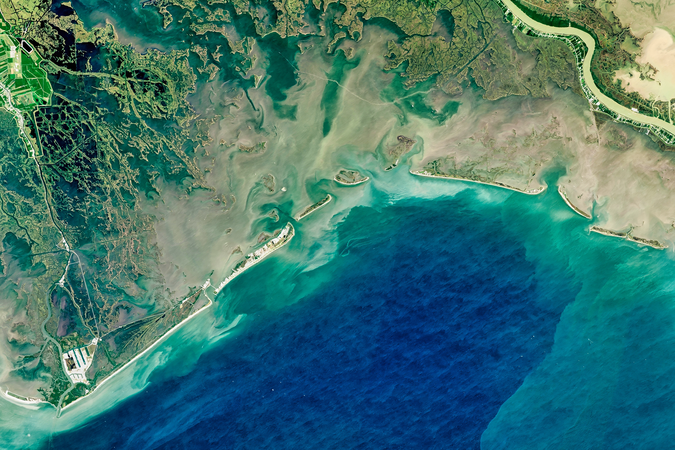Estimating the Value of Near-Real-Time Satellite Information for Monitoring Deforestation in the Brazilian Amazon
The authors estimate the amount of avoided deforestation due to the use of near-real-time satellite imagery (DETER) to support the Action Plan for the Prevention and Control of Deforestation in the Legal Amazon (PPCDAm), the conservation of indigenous and other protected areas, and compliance with the Brazilian Forest Code (FC).
Abstract
We estimate the amount of avoided deforestation due to the use of near-real-time satellite imagery (DETER) to support the Action Plan for the Prevention and Control of Deforestation in the Legal Amazon (PPCDAm), the conservation of indigenous and other protected areas, and compliance with the Brazilian Forest Code (FC). We develop a Directed Acyclical Graph (DAG) that outlines some of the econometric challenges that arise from the role of policy in the estimation of satellite data on deforestation and consider that policy could be a mediator and/or a moderator along this causal chain. We control for policies that were introduced simultaneously with DETER, and allow for changes in the influences of prices, agricultural settlement, and forest conservation policies on deforestation after near-real-time monitoring was introduced. We find both direct impacts of DETER on deforestation, and indirect impacts via changes in the influences of commodity prices on deforestation. In total we estimate the amount of avoided deforestation is approximately 467-471 thousand km2 between 2001-2015, an area that is larger than the state of California, more than twice the amount of deforestation recorded in that region in the same time period, and translates to approximately 12 billion tons of avoided CO2. The net benefits of satellite monitoring range from US$1-5.4 billion per year when estimated using the WTP to preserve Amazon rainforest and between US$54 US$197 billion per year when estimating using the social cost of carbon.
Authors

Katrina Mullan
University of Montana

Trent Biggs
San Diego State University

Jill Caviglia-Harris
Salisbury University

Jime Rodrigues Ribeiro
North Carolina State University

Thaís Ottoni Santiago
University of Montana

Erin Sills
North Carolina State University

Thales AP West
Vrije Universiteit Amsterdam



